Selected Plants of Navajo Rangelands
Chokecherry
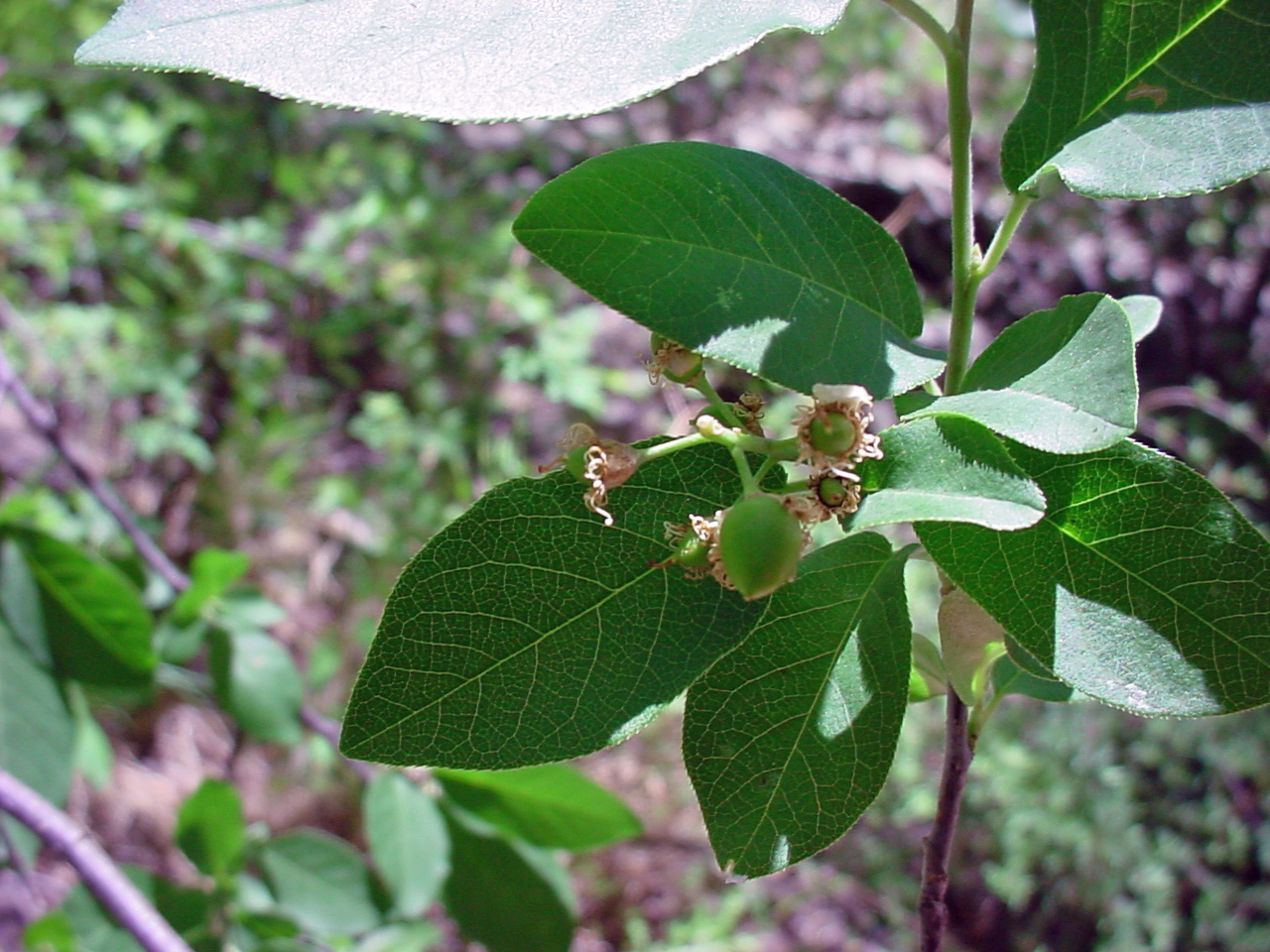
Chokecherry is a native, deciduous, thicket-forming erect shrub or small tree. It rarely reaches a height of over 30 feet. The crown is irregular and from 10 to 20 feet wide when mature. The stems are numerous and slender. Reproduction can either be by seed or root rhizomes. Leaves are dark green and glossy above, and paler beneath, measuring 1 to 4 inches long and 3/4 to 2 inches wide. They are alternate, simple, glabrous, and oval to broadly elliptic in shape. The margins are toothed with closely-spaced, sharp teeth pointing outward, forming a serrated edge. They turn yellow in autumn.
Chokecherry foliage can be poisonous to grazing livestock. Hydrogen cyanide present in the leaves is converted to the toxic substance prunasin, either as a result of frost damage or as a result of livestock digestive processes. Results of a study indicated that prunasin concentrations are highest (5%) in the new stems and newly initiated leaves of chokecherry. Elevated levels are maintained in the leaves throughout the summer, but prunasin content of new twigs gradually diminishes over the season. The previous season's growth is generally not as toxic.
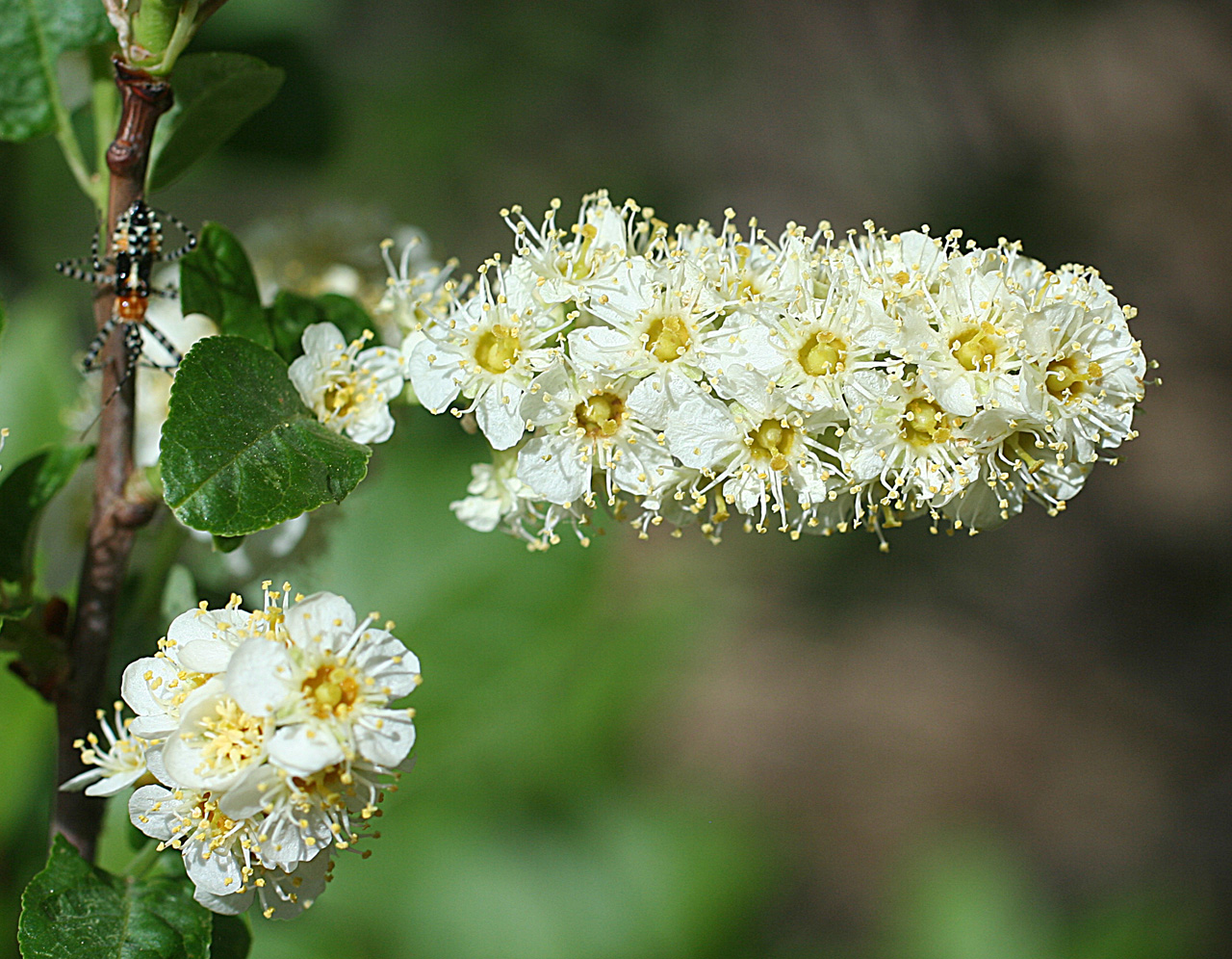
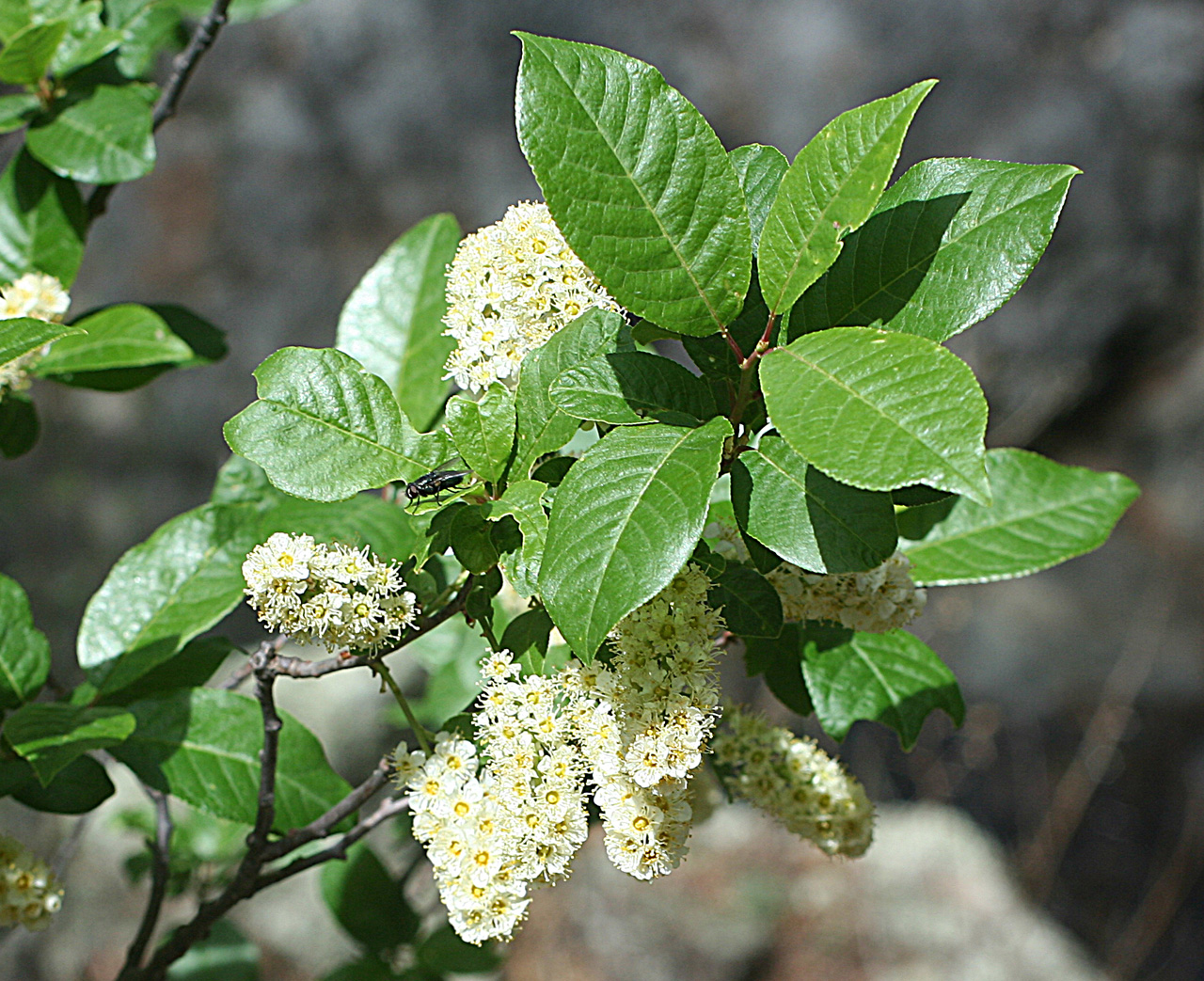
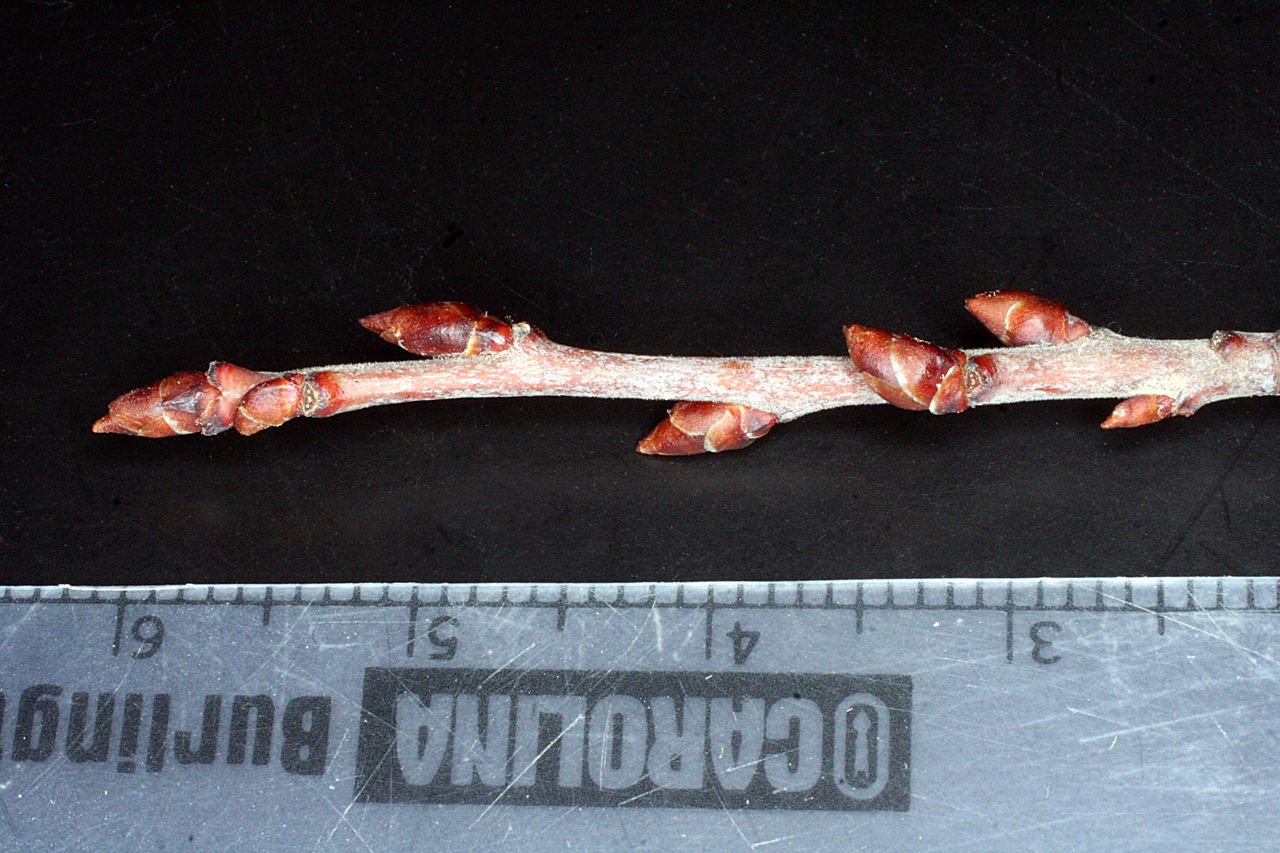
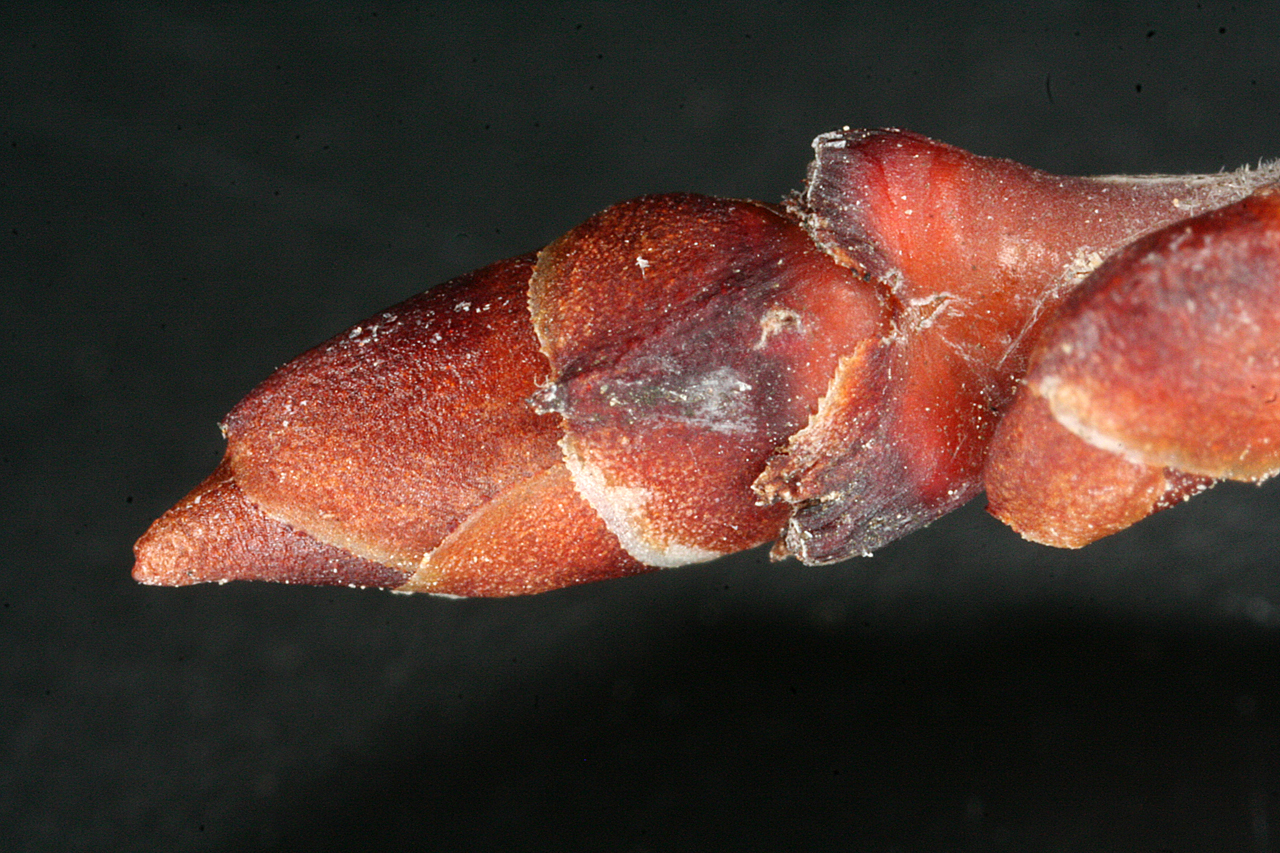
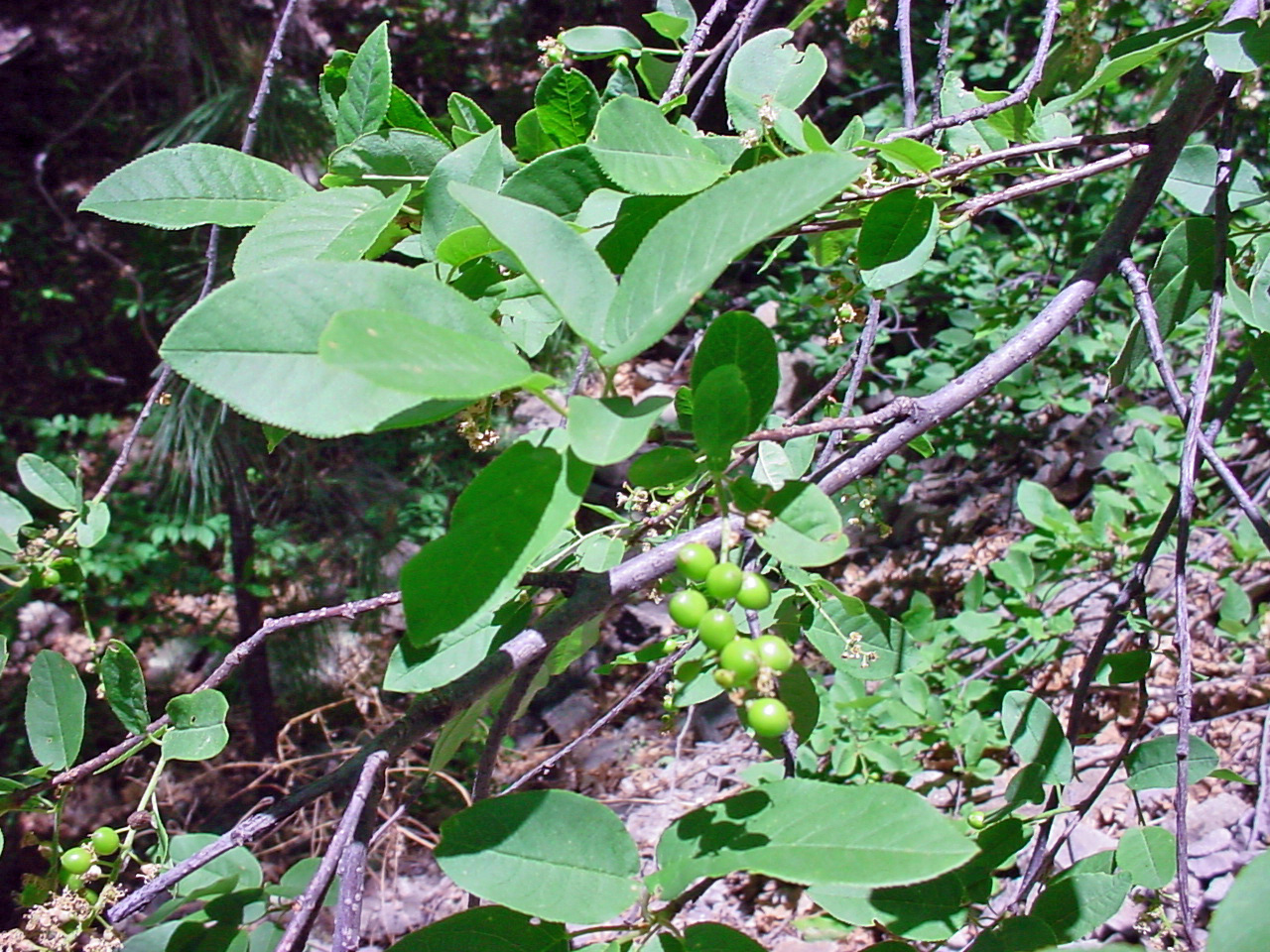
©2018 NMSU Board of Regents.
Individual photographers retain all rights to their images.
Partially funded by the
Western Sustainable
Agriculture Research and Education Program
(westernsare.org; 435.797.2257),
project EW15-023.
Programs and projects supported by Western SARE are
equally open to all people.